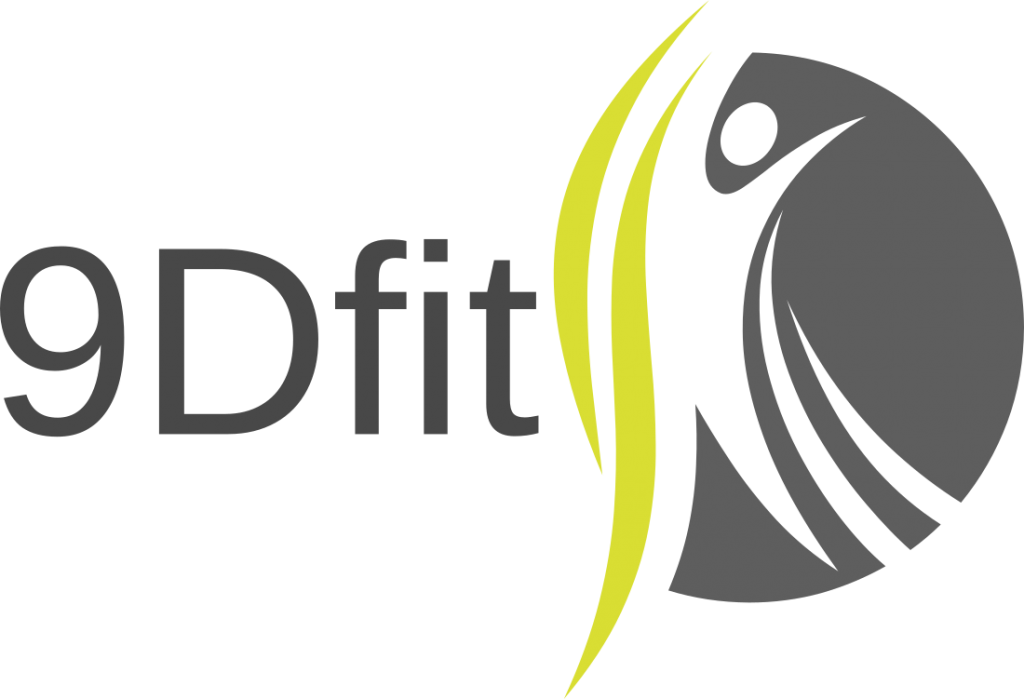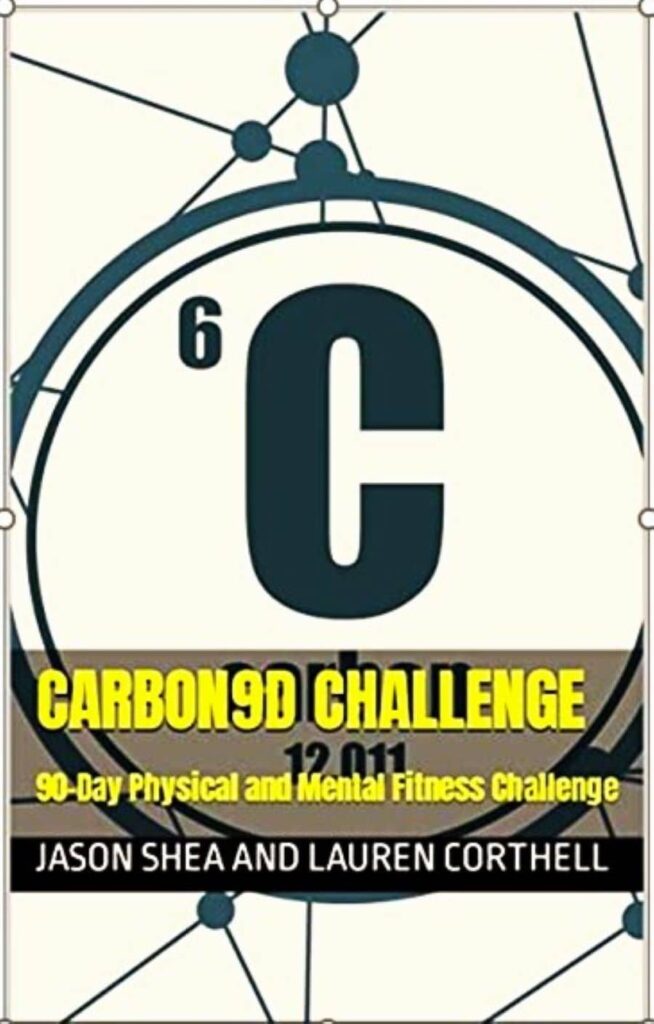By Jason Shea M.S., CSCS, PICP IV
Walking around tired? Can’t seem to recover from workouts as quickly as you used to? Sleep doesn’t feel as refreshing any more? Scouring the internet to find tips to improve your recovery and learn how to recover faster?
With all this hard training, are you doing everything you can to recover properly? Let’s get right to it and discuss some tools and tips to improve recovery from workouts.
Evaluating Recovery
- Morning Grip Strength Test: In his excellent book, Science of Sports Training, sports scientist Thomas Kurz states “In overstrain, insufficient recovery, and in the initial phase of overtraining, the values of morning dynamometry go down (15).”
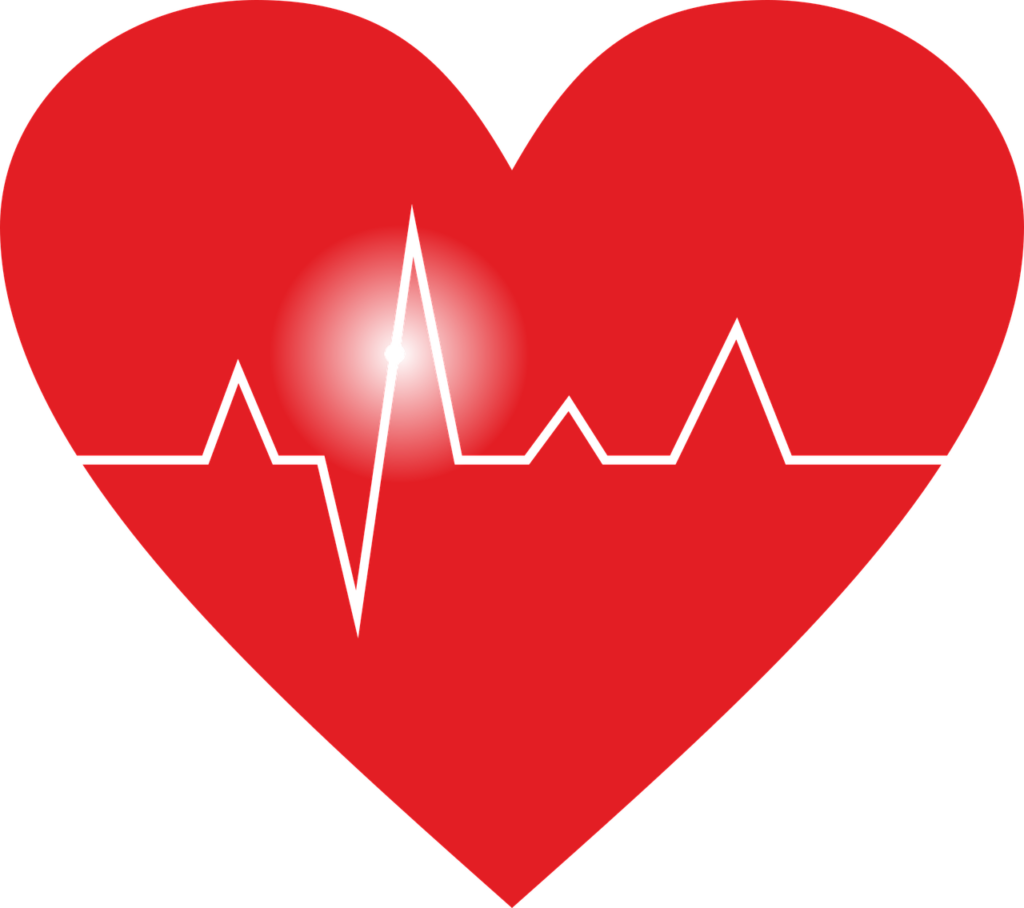
- Morning Heart Rate: Measure your heart rate first thing in the morning before you sit up or get out of bed to determine recovery/readiness to train. The higher your morning heart rate, the harder your body is working to replenish, restore, and detoxify. If your morning heart rate is on the lower end of the scale (<50 bpm), there is a good chance your body is recovered, well rested, and ready to train. For men, over 65 bpm may be a warning sign you need more recovery, while for women over 72 bpm may be a sign to take the day off of training.
- Vertical Jump Testing: A 2017 study out of Cal State Fullerton 17 subjects tested vertical jump height and power then found their 5RM in power cleans and 6RM in push press, back squat, RDL, and leg press.
The next day the subjects came back in, tested vertical, then worked out. They performed 4 sets of 5 reps in the hang clean, 4 sets of 6 repetitions in the push press with 2-minute rest between sets. Both exercises were performed at intensity level to ensure fatigue. Next, subjects did back squat, RDL, and Leg press for 4 sets each to failure. Immediately after the workout vertical jump was tested again.
The third day they came back in, tested vert, hit the same exact workout as the day before, then re-tested vert again.
The researchers found an 8% drop in vertical jump height for over 48 hours post workout. The vertical jump decrement had a significant correlation with a decrease in back squat performance.
According to the researchers “the ability of VJ height as a sensitive measure of readiness maybe explained by the bimodality of the stretch-shortening cycle (SSC) mechanism. Reductions in SSC performance happen immediately during exercise, recovering approximately 2 hours after exercise and demonstrate a secondary reduction 2 days after exercise when muscle damage is the greatest. Therefore, the current study demonstrates that measuring VJ height after a fatiguing workout and before a subsequent workout may be a beneficial tool for monitoring readiness to train (22).”
- Heart Rate Variability (HRV): Your nervous system consists of the Parasympathetic and Sympathetic Nervous Systems. The Sympathetic increases your heart rate while the Parasympathetic slows it down. HRV is the variability between each heartbeat, which is under the control of the PNS and SNS. The healthier, fitter, and more resilient to stress you are, the higher the variability. The less resilient you are at dealing with stress and pressure, the lower the variability.
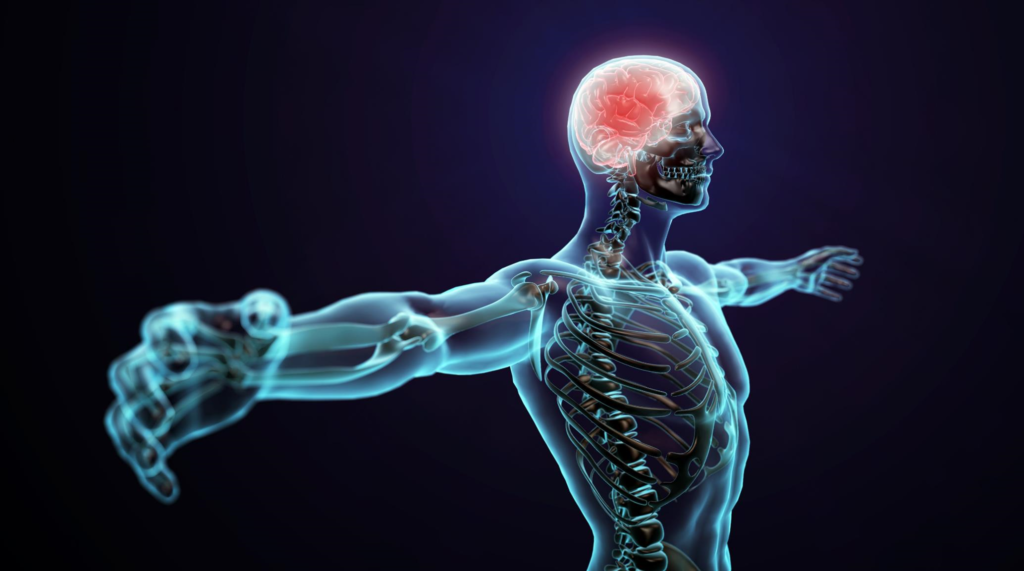
This method of monitoring resilience has been used for over 50 years, with some of the original measurements taken in astronauts to see how they dealt with the stresses of space travel. It has since been used by professional and Olympic athletes, military and special forces, SWAT, cardiologists, and more.
The Welltory free app is a good free option for beginners: Welltory Free App
The Oura Ring is a great, non-invasive wearable option that provides valuable biometric information on how to recover muscles faster after workout . Another tool is the Omega Wave. Used by a who’s who of professional teams and athletes, OmegaWave not only measures your heart rate via chest strap, but it also hooks up to the base of your thumb and your forehead to measure ECG, Omega (DC potential of the brain), neuromuscular, and reaction rate measurements. This info provides the user with what is called the Windows of Trainability. It also tells you your overall readiness to train, your CNS readiness, your cardiac readiness, and your energy supply readiness.
Science of Sports Training Recovery Methods
If you have not already picked yourself up a copy of Thomas Kurz’s book, Science of Sport Training, may want to do yourself a favor and give it a read. It is packed with great tips from how to recover muscles faster after workout to the impacts certain climate and natural environments have on the nervous system.

It is from Kurz’ book and through internships with late, great Charles Poliquin, that many of us first learned about grip strength as a recovery measurement tool. Many may have also learned about the impact the environment and other factors had on recovery through Charles and/or Kurz’ book. For more on Charles Poliquin’s teachings and for some of the best training, nutrition and health information available, check out StrengthSenseiinc.com and The Dojo of Strength.
The muscle recovery tips, specifics, and details Kurz shares in this book are incredible. For example, he breaks down recovery massage durations by athlete weight, normal vs sauna condition, local vs general duration, sports athlete participates in, techniques used, and more (15).
Some of the highlights from the recovery section of his book include:
- Nutrition and Hydration: (example: spicy and roasted foods can make an athlete aggressive, while leftovers can make one bloated and passive.) (15)
- Sleep and sleeping environment
- The environment:
- Swimming in lake, river, or ocean water improves functioning of the nervous system (also helps with arthritis pain and thermo-regulation) (15)
- Exposure to ocean air with high iodine content improves breathing (15)
- Sunshine helps circulation, blood pressure, and stimulates the nervous system and metabolism (15)
- Cloudy day air may improve lung ventilation and regulates nervous system (15).
- Listening to relaxing, calming music for up to 30 minutes post workout (15)
- Colors in your training environment and the physiological and psychological impacts different colors (15)
- Massage: broken down into Workout massage, Preventive massage, Recovery/regenerative massage, Therapeutic massage, and Sports massage (15)
- Showers, warm and hot baths, whirlpool, steam bath, and sauna.
- Incorporating recovery into macrocycle: Kurz recommends during general prep period, cool or lukewarm showers in the morning; warm-cool showers after strength workouts; cool-warm-cool showers after sprint/endurance workouts; and massage and/or warm bath 2-3 times per week after a workout (15).
- During the special prep period, Kurz recommends more local measures including massage, compresses, and heating; if athletes do not sweat during workouts, hot baths or sauna 2-3 times per week (15).
Other Recovery Methods
Vibrational Foam Rolling
Several studies have shown that vibrational foam rolling at a specific megahertz may improve microcirculation and decrease DOMS (delayed onset muscle soreness). – side note: vibrational foam rolling is a great tool for stimulating the reflexology points on the bottom of the feet and can also be great for alleviating Achilles tendon soreness. Check out Hyperice for one of the top product brands on the market.
Cold or Contrast Water Exposure
A 2010 paper discussed how water immersion can aid in nutrient distribution, reducing muscle edema, getting rid of waste products, increasing cardiac output, and more.

The author expressed “Water immersion appears to affect a similar physiological response to active recovery without the need to expend extra energy. When a body or a large portion of it is immersed, hydrostatic pressure acts on the body’s fluid within the immersed region. Fluid from the extravascular space now moves into the vascular compartment, reducing exercise-induced increase in muscle volume and also reducing soft tissue inflammation. The blood volume increase is redistributed to increase the cardiac preload, stroke volume, cardiac output and blood flow through the body. The cardiac output increases in relation to the depth of immersion and has been observed to increase by as much as 102% during head-out immersions. These cardiovascular responses occur without any increase in energy expenditure (16).”
Using contrast temperatures led to a greater reduction in blood lactate levels, while ending with cold can encourage vasoconstriction (16). (I also hear it makes hair shinier).
Concentric Only Training
Popularized by strength coach extraordinaire Louie Simmons of Westside Barbell, concentric only training consists of sled work, prowler work, and non-motorized treadmill work. Swimming and biking are also forms of concentric only exercise.
To induce significant muscle soreness, a 2006 study had subjects perform 60 maximal eccentric only curls on both arms. To test the benefits of concentric only active recovery, the subjects then performed light concentric only curls and extensions on one arm only over the following 4 days.
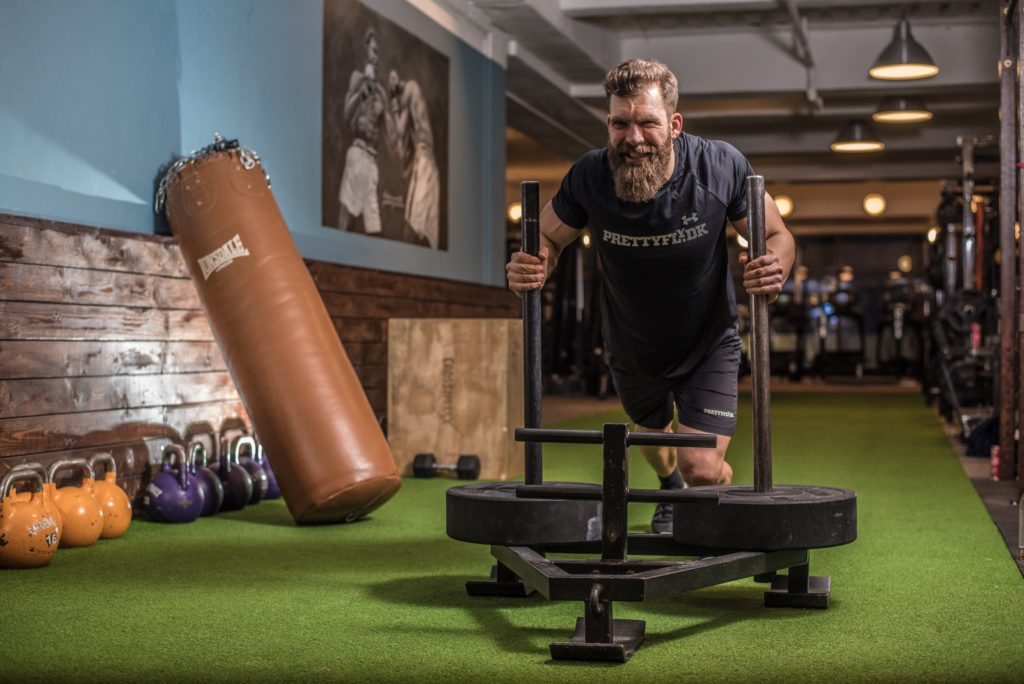
An added benefit of concentric only training is that it may increase lean mass and muscle thickness. A study out of the European Journal of Applied Physiology had untrained subjects perform concentric only DB shoulder presses and curls to failure (8-12 reps) twice a week for four weeks on one arm only. The other arm was the control arm.
The researchers found roughly 40% decreases in muscle tenderness and soreness. There was a slight increase in range of motion, however, there was also a slight decrease in strength (24).
During the fourth week, subjects showed increases in lean muscle mass and small, but positive improvements in muscle thickness in the trained arm while the control arm showed no improvements (20).
Water/Pool “Active Recovery Training”?
A best of both world method? Low impact, concentric dominant, and water immersion combined.
Years ago, one of the greatest Olympic Weightlifters of all-time, Alexeyev, discussed his training method of working with a barbell in the water. (A picture has also circulated the internet, with Alexeyev cleaning a bar out of the water in a river in Russia).
The great sport scientist and author of SuperTraining, Mel Siff, had the opportunity to discuss various training methodologies with Alexeyev.
From a 2017 interview article with Mel Siff on EliteFTS.com titled The Science of Winning According to Vasili Alexeyev, Alexeyev expressed to Siff “When I joined the weightlifting section, there were no sharp definitions between the methods of training. I was not used to training mechanically and I didn’t like this. I began to think for myself, how to organize an effective system of training. I knew from my own experience that, with stubborn effort, one can do anything. I didn’t spare myself. I worked with maximum weights, analyzed my situation, and again began training. I invented many things myself. For example, I began to work a great deal with the barbell in water. I searched and experimented and here is the result. I made my way from 500 to 600 kilograms in three years. From then on I wanted to be first (11).”
Siff expressed that bands, chains, and yes, lifting against the variable resistance of water “can be a useful supplementary form of training (11).”
Most trainees aren’t about to bring a barbell and weights to the pool, ocean, or lake. A viable substitute might be a Slamball medicine ball. Overhead medicine ball throws out of waist to sternum height water. Squat jump chest pass medicine balls from similar depth. Over the shoulder tosses. Split jump and single leg chest pass throws. If you have a pool you can do these in the privacy of your own back yard without ruining a barbell or plates.
Massage
A systematic review and meta-analysis on recovery methods found massage to be the best tool for reducing inflammation, decreasing DOMS, and recovering from fatigue. Cold immersion and compression garments were also effective methods for decreasing inflammation, soreness, and fatigue. Cryotherapy, contrast water therapy, and active recovery were also effective tools in decreasing DOMS (2).
Sleep
How important is sleep?

Hormones affected by sleep: Growth hormone, Insulin, Thyroid, Satiety Hormones, Testosterone and Testosterone precursors etc
Brain: the glympatic system is your brains “drainage” system, clearing metabolites that have accumulated throughout the day. This process occurs when you sleep.
Detoxification: Phase I and Phase II of detoxification occur at night while sleeping.
Muscle recovery and rebuilding occurs while sleeping.
Nervous system recovery occurs during deep sleep phases.
Immune System
Sensory Deprivation bath
Alone with your thoughts in your head. That is what I noticed when I tried one of these back in 2001. Lying in this giant bathtub, filled with 98.5 degree water and Dead Sea Salt, earplugs in, complete darkness, and not a scent to be found.
A 2014 study had subjects participate in 7 weeks of sensory isolation flotation. Via questionnaire, the researcher found significant improvements in sleep, stress, anxiety, and pain (14).
A separate study looked at the impacts on muscle pain only. After three weeks of sensory isolation flotation, the subjects saw a significant decrease in severe head and neck pain. Another benefit the researchers found: the sensory isolation flotation subjects also slept much better (13).
Yoga
Yoga has been shown to improve symptoms of chronic pain and stress, enhance cardiovascular function, strength, and flexibility, and improve general overall well-being (23). Hot yoga has the added benefit of increased perspiration and associated detoxification.
ozone Sauna/Therapy
Ozone therapy has been shown to increase ATP and may increase cellular metabolism due to it’s positive impacts on the mitochondria. It has also been shown to improve blood circulation and oxygen delivery to ischemic tissues as well as improve immune function.
According to a 2017 study, “A plethora of laboratory studies have provided evidence of O3’s antioxidant capabilities, as well as vascular, hematological, and immune system modulations. This evidence has been further substantiated in clinical trials with O3 therapy being useful in the cardiovascular, subcutaneous tissue, peripheral vascular disease, neurological, head and neck, orthopedic, gastrointestinal, and genitourinary pathologies. O3 therapy has proven especially beneficial in the diabetic foot, ischemic wounds, and peripheral vascular disease, areas in which O3 use is most prevalent (19).”
Check out the best-selling Ozone Sauna by Longevity Resources here.
hyperbaric chamber therapy
Hyperbaric chambers fully enclosed capsules that administer 100% oxygen at a high atmospheric pressure. They have been used for years with the intention of increasing the oxygen carrying capacity of red blood cells.
More recently they have been used for soft tissue and injury recovery due to their potential impacts on inflammation and swelling.
A 2016 looked at the impact two hours of hyperbaric oxygen therapy had on recovery in Brazilian jiu-jitsu athletes. The athletes who used the hyperbaric chamber had slightly lower lactate levels and significantly better rating of perceived recovery (RPR) (1).
Years ago, I remember Coach Charles Poliquin telling us about how he was bit by a nasty spider and the treatment route he went was intravenous vitamin C and hyperbaric chamber therapy.
A 2016 study had subjects who had undergone 2-3 months of antibiotics, dressings, and corticosteroids yet still had non-healing wounds from brown spider bites, go through daily hyperbaric oxygen therapy treatments. After 13 sessions, the wound completely healed in the youngest subject (30yrs old) while it took 30 sessions for complete healing in the 70 year old subject. None of the subjects required surgery or further treatments (9).
cryotherapy
A 2017 review of the scientific literature on whole body cryotherapy pointed out positive results including:
- Improvements in perception of pain and tiredness after 1, 24, and 48hrs hours post workout session (17).
- 40% decrease in the inflammatory biomarker creatine kinase after just 5 cryotherapy sessions (17).
- Improvement sleep quality, which led to an increased tolerance of greater training loads (17).
- Increases in testosterone levels when cryotherapy was used as a recovery after 20 minutes of intense sprints. This increased testosterone led improvements in testosterone to cortisol ratios (17).
The authors expressed “in addition to beneficial effects on inflammation and muscle damage, WBC induces peripheral vasoconstriction, which improves muscle oxygenation, lowers submaximal heart rate and increases stroke volume, stimulates autonomic nervous parasympathetic activity and increases norepinephrine (17).”
photobiomodulation (Red light therapy)
Also known as low-level laser therapy (LLLT) or light-emitting diode therapy (LEDT). A few decades ago, NASA found that specific wavelengths of red light could potentially have positive health benefits. From then on, researchers have been studying this form of photobiomodulation. They have found:
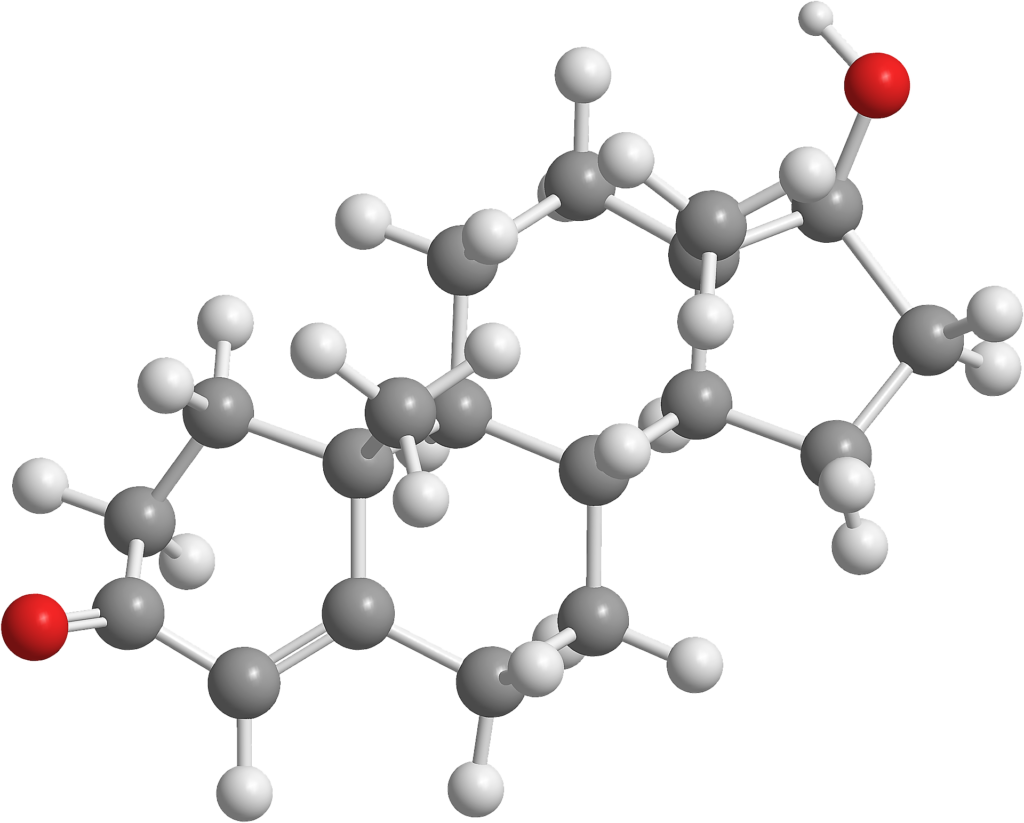
- Red or near-infrared Photobiomodulation can improve energy levels through its stimulatory effects on mitochondrial activity and may increase ATP levels (4).
- Photobiomudulation may increase muscle fiber excitability and aid in muscle repair and recovery (4).
- Can increase testosterone and may be used as a treatment for male infertility. 2016 research on low sexual desire subjects use a light box first thing in the morning found a 71% increase in testosterone levels after just 2 weeks of light box therapy (3).
- Photobiomudulation may decrease oxidative stress levels (4).
- And more…
probiotics and gut health
A 2016 study found that taking the probiotic Baciullus coagulans GB-30,6086 with protein increased levels of perceived recovery and decreased levels of perceived soreness 24, 48, and 72 hours post strenuous leg workout.
The same study found a marked difference in the muscle inflammation biomarker creatine kinase (CK), with the protein only group seeing a 261% increase in CK, while the group taking the probiotics with the protein saw that number cut nearly in half, at a 137% increase.

A third finding of the study was the results of the 30s Wingate power test. The group taking the protein only saw 5.3% drop in power, while the probiotic + protein group actually saw an increase in power.
The researchers believed these positive results were due to the fact that “Bacillus coagulans GBI-30, 6086 enhances the health of the cells of the gut lining improving nutrient absorption including minerals, peptides and amino acids by decreasing inflammation and encouraging optimum development of the absorptive area of the villi (12).”
Research has also shown that probiotics can be an effective tool in fending off gastrointestinal issues and upper respiratory infections in high level athletes (10).
So profound are the potential positive impacts of certain probiotic strains (Bacillus coagulans GBI-30,6086) that a 2014 study actually found a significantly greater increase in vertical jump power (after 8 weeks of training) in the group ingesting probiotic + protein as compared with the group taking protein only (5).
For much more on probiotics including in depth discussion on positive benefits, specific strains to look for, what brands contain what strains, and best times to take them check out the article Probiotics – The Ultimate Guide (2020): Probiotics Benefits, Brands, And More.
fish oil
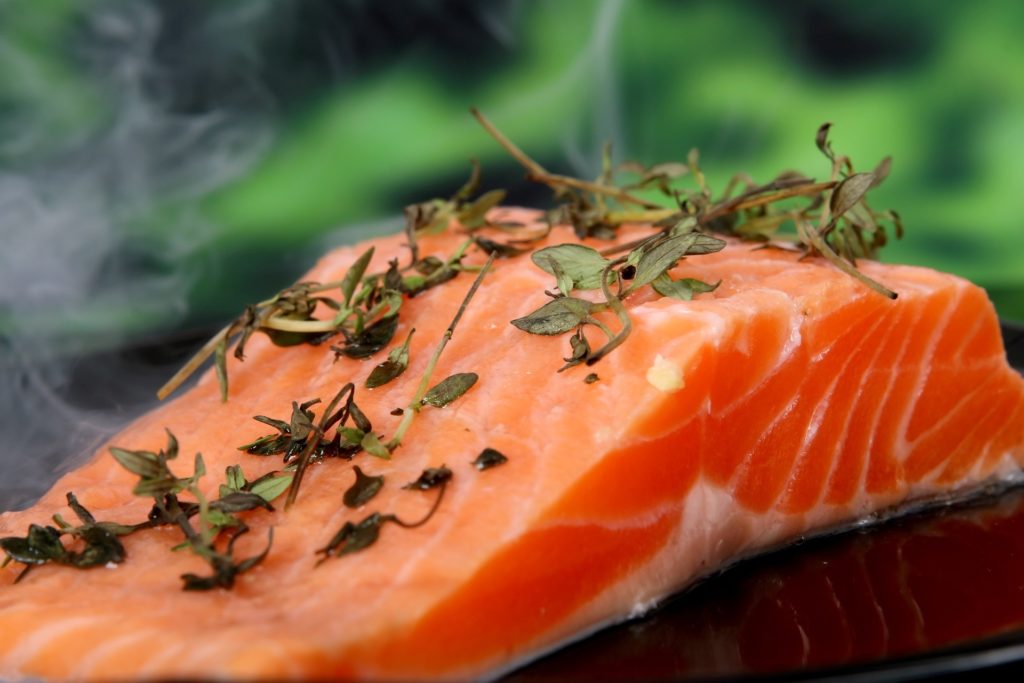
If you were to make a list of of top muscle recovery foods, fish oil might not be the first thing that comes to mind. Fish oil has long been touted for its beneficial effects on cardiovascular health and inflammation. A 2017 randomized, placebo-controlled, double-blind study found that taking 6 grams/day of fish oil for one week prior to a 10 sets to failure workout led to significantly lower levels of perceived functional and static muscle soreness (21). A 2007 meta-analysis found that supplementing with fish oil for 3-4 months decreased joint pain and morning stiffness (7).
Fish oil can also help with immune recovery post workout. A study out of Brain Behavior and Immunity looked at the impact 3 grams per day of fish oil had on post workout immune response after an hour long cycling workout. The group taking the fish oil had more had a much greater increase in immune response biomarkers than the group taking the placebo (8).
Stay tuned for part 2 in which we will discuss hydration status, autorgulated (your recovery/physical readiness determines) workouts, and go over some of the top muscle recovery supplements.
For more on training, team culture building, and other health and wellness topic check out our blog or books on Amazon.
Thanks for reading!
References
- Branco BH. The Effects of Hyperbaric Oxygen Therapy on Post-Training Recovery in Jiu-Jitsu Athletes. PLos One. 11(3); e0150517. 2016.
- Dupuy O, et al. An Evidence-Based Approach for Choosing Post-exercise Recovery Techniques to Reduce Markers of Muscle Damage, Soreness, Fatigue, and Inflammation: A Systematic Review with Meta-Analysis. Frontiers in Physiology. 9; Pp 403. 2018.
- Fagiolini A et al. Lack of interest in sex successfully treated by exposure to bright light. European College of Neuropsychopharmacology. Sept 2016.
- Ferraresi C. Photobiomodulation in human muscle tissue: an advantage in sports performance? Journal of Biophotonics. 9(11-12); Pp 1273-1299. 2016.
- Georges J et al. Effects of probiotic supplementation on lean body mass, strength, and power, and health indicators in resistance trained males: a pilot study. Journal of the International Society of Sports Nutrition. 11: Pp 38. 2014.
- Gleeson M et al. Daily probiotic’s (Lactobacillus casei Shirota) reduction of infection incidence in athletes. International Journal of Sport Nutrition and Exercise Metabolism. 21(1):Pp 55–64. 2011.
- Goldberg R, Katz J. A meta-analysis of the analgesic effects of omega-3 polyunsaturated fatty acid supplementation for inflammatory joint pain. Pain. 129(1-2); Pp 210-223. 2007.
- Gray P et al. Fish oil supplementation augments post-exercise immune function in young males. Brain Behavior and Immunity. 26(8); Pp 1265-1272. 2012.
- Hadanny A et al. Nonhealing Wounds Caused by Brown Spider Bites: Application of Hyperbaric Oxygen Therapy. Advanced Skin and Wound Care. 29(12); Pp 560-566. 2016.
- Haywood B et al. Probiotic supplementation reduces the duration and incidence of infections but not severity in elite rugby union players. Journal of Science and Medicine in Sport. 17(4):Pp 356–360. 2014.
- Ivanov D. The Science of Winning According to Vasili Alexeyev. EliteFts.com. 2017. https://www.elitefts.com/education/efs-classic-the-science-of-winning-according-to-vasili-alexeyev/
- Jager R et al. Probiotic Bacillus coagulans GBI-30, 6086 reduces exercise-induced muscle damage and increases recovery. Peer Reviewed Open Access Journal. 4: e2276. 2016.
- Kjellgren A et al. Effects of flotation-REST on Muscle Tension Pain. Pain Research Management. 6(4); Pp 181-189. 2001.
- Kjellgren A. Beneficial effects of treatment with sensory isolation in flotation-tank as a preventive health-care intervention – a randomized controlled pilot trial. BMC Complementary and Alternative Medicine. 14; Pp 417. 2014.
- Kurz T. Science of Sports Training. Stadion Publishing Company. Island Pond, VT. 1991.
- Lateef F. Post exercise ice water immersion: Is it a form of active recovery? Journal of Emergency Trauma and Shock. 3(3); Pp 302. 2010.
- Lombardi G. Whole-Body Cryotherapy in Athletes: From Therapy to Stimulation. An Updated Review of the Literature. Frontiers in Physiology. 8; Pp 258. 2017.
- Salarkia N et al. Effects of probiotic yogurt on performance, respiratory and digestive systems of young adult female endurance swimmers: a randomized controlled trial. Medical Journal of The Islamic Republic of Iran. 27(3): Pp 141–146. 2013.
- Smith N et al. Ozone therapy: an overview of pharmacodynamics, current research, and clinical utility. Medical Gas Research. 7(3); Pp 212-219. 2017.
- Stock M et al. The Time Course of Short-Term Hypertrophy in the Absence of Eccentric Muscle Damage. European Journal of Applied Physiology. 117(5); Pp 989-1004. 2017.
- Tinsely G et al. Effects of Fish Oil Supplementation on Postresistance Exercise Muscle Soreness. Journal of Dietary Supplements. 14(1); 2017.
- Watkins C, Archer D, et al. Determination of Vertical Jump as a Measure of Neuromuscular Readiness and Fatigue. Journal of Strength and Conditioning Research. 31(12); Pp 3305-3310. 2017.
- Woodyard C. Exploring the therapeutic effects of yoga and its ability to increase quality of life. International Journal of Yoga. 4(2); Pp 49-54. 2011.
- Zainuddin Z et al. Light Concentric Exercise Has a Temporarily Analgesic Effect on Delayed-Onset Muscle Soreness, but No Effect on Recovery From Eccentric Exercise. Applied Physiology in Nutrition and Metabolism. 31(2); Pp 126-134. 2006.
